NCERT Solutions for Class 8 History Chapter 7 - Women, Caste and Reform
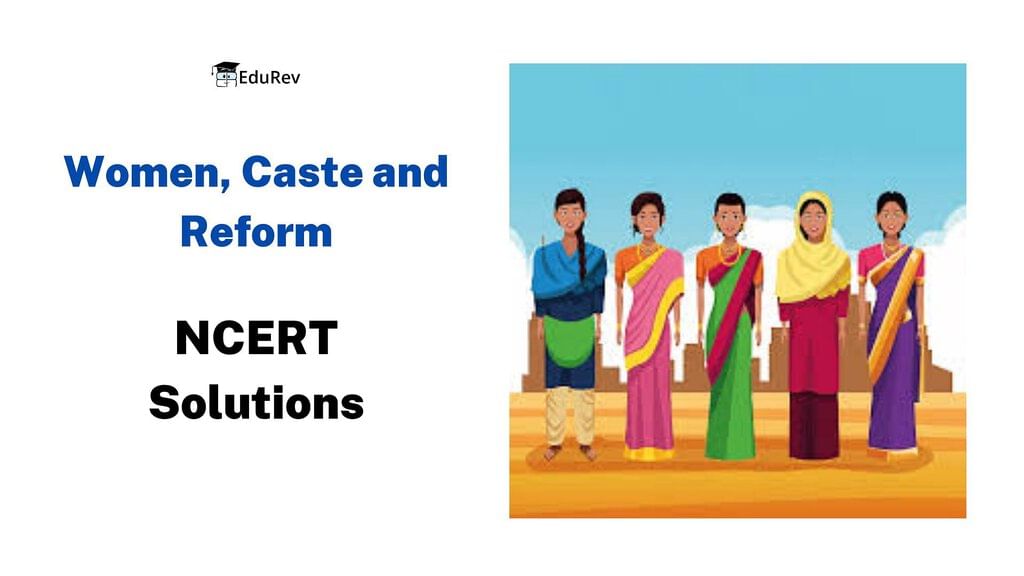
Let's Recall
Q1. What social ideas did the following people support?
- Rammohun Roy
- Dayanand Saraswati
- Veerasalingam Pantulu
- Jyotirao Phule
- Pandita Ramabai
- Periyar
- Mumtaz Ali
- Ishwarchandra Vidyasagar
Ans:
- Rammohun Roy: Rammohun Roy supported social reform and advocated for issues like the abolition of sati (widow burning), women's rights, and education reform.
- Dayanand Saraswati: Dayanand Saraswati supported social ideas such as the promotion of Vedic knowledge, religious reform, and social equality.
- Veerasalingam Pantulu: Veerasalingam Pantulu supported social reform, particularly advocating for women's education, widow remarriage, and fighting against social inequalities.
- Jyotirao Phule: Jyotirao Phule supported social ideas such as caste equality, women's rights, education for all, and the eradication of social discrimination.

- Pandita Ramabai: Pandita Ramabai supported women's rights, education for women, and fought against child marriage and social injustices faced by women.
- Periyar: Periyar (E.V. Ramasamy) supported social reform and fought against caste discrimination, gender inequality, and Brahminical hegemony.
- Mumtaz Ali: Mumtaz Ali supported social ideas such as gender equality, women's empowerment, and progressive interpretations of Islamic teachings.
- Ishwarchandra Vidyasagar: Ishwarchandra Vidyasagar supported social reform and advocated for issues like women's rights, education for all, widow remarriage, and fought against social evils prevalent during his time.
Q2. State whether true or false:
(a) When the British captured Bengal they framed many new laws to regulate the rules regarding marriage, adoption, inheritance or property, etc.
Ans: True
Explanation: When the British captured Bengal, they indeed framed many new laws to regulate the rules regarding marriage, adoption, inheritance, and property. This statement is true.
(b) Social reformers had to discard the ancient texts in order to argue for reform in social practices.
Ans: False
Explanation: Social reformers did not have to discard the ancient texts to argue for reform in social practices. Instead, they often drew upon the ancient texts to challenge and reinterpret traditional customs and norms. This statement is false.
(c) Reformers got full support from all sections of the people of the country.
Ans: False
Explanation: Reformers did not receive full support from all sections of the people in the country. Social reform movements often faced resistance and opposition from conservative elements within society. This statement is false.
(d) The Child Marriage Restraint Act was passed in 1829.
Ans: False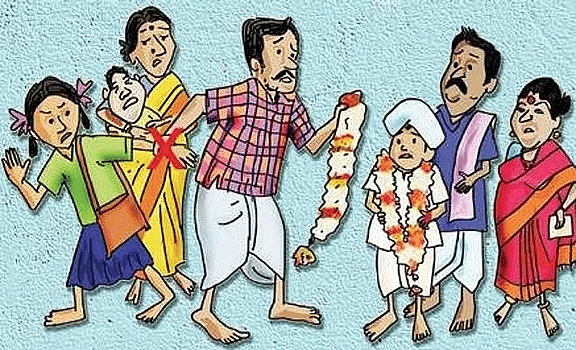 Child Marriage Restraint Act 1829
Child Marriage Restraint Act 1829
Explanation: The Child Marriage Restraint Act, also known as the Sarda Act, was passed in 1929, not 1829. This statement is false.
Let's Discuss
Q3. How did the knowledge of ancient texts help the reformers promote new laws?
Ans: Ram Mohan Roy was proficient in Sanskrit, Persian, and various Indian and European languages. Through his writings, he attempted to demonstrate that widow burning was not supported by ancient texts. This approach was later employed by other reformers as well.
Whenever they wanted to contest a harmful practice, they would search for a passage in the old sacred texts that agreed with their perspective. They would then argue that the current practice was contrary to earlier traditions. Ishwar Chandra Vidyasagar used ancient texts to propose that widows should be allowed to remarry.
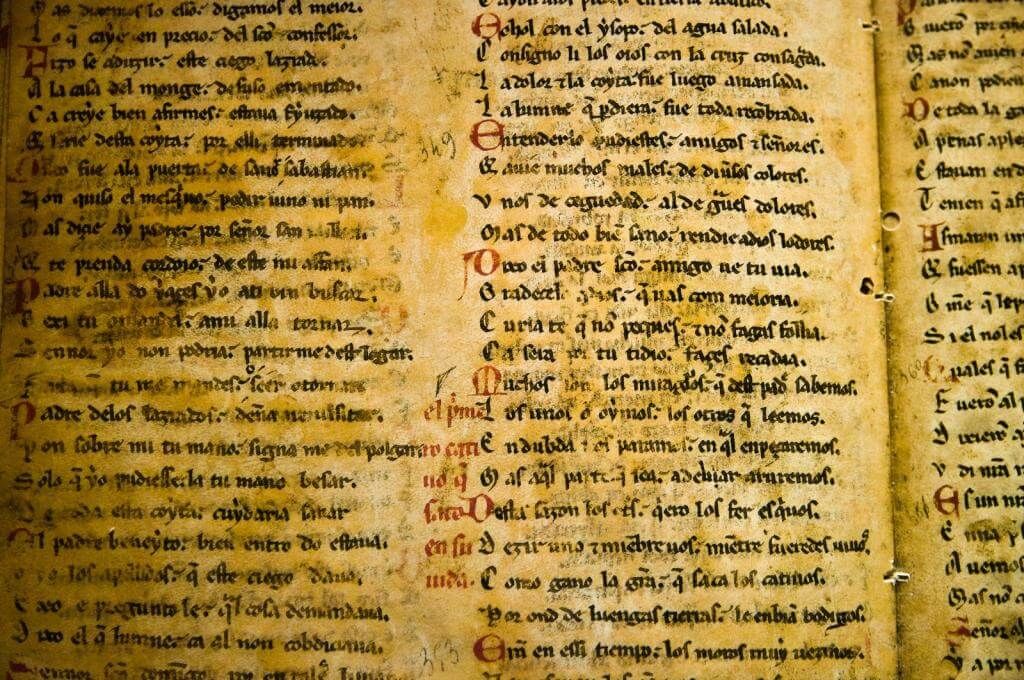 Ancient textQ4. What were the different reasons people had for not sending girls to school?
Ancient textQ4. What were the different reasons people had for not sending girls to school?
Ans: The following were the different reasons people had for not sending girls to school.
- They feared that schools would take girls away from home, thereby preventing them from doing their domestic duties.
- They felt that traveling through public places in order to reach school would have a corrupting influence on girls.
- They felt that girls should stay away from public spaces.
Q5. Why were Christian missionaries attacked by many people in the country? Would some people have supported them too? If so, for what reasons?
Ans: Christian missionaries faced attacks from individuals because they were engaged in converting impoverished and tribal people from Hinduism to Christianity. The missionaries also established schools for underprivileged and tribal children to receive education.
However, a significant portion of society who disapproved of helping tribal people access education were against this idea, leading to the assaults on the Christian missionaries.
Q6. In the British period, what new opportunities opened up for people who came from castes that were regarded as "low"?
Ans: (a) The British period saw the rise of the cities. Many of the poor living in the Indian villages and small towns at the time began leaving their villages and towns to look for jobs that were opening up in the cities. As the cities were growing, there was a great demand for labour - labour for digging drains, laying roads, constructing buildings, working in factories and municipalities, etc.
 Labourers
Labourers
(b) This demand for labour was met by the population migrating from the villages and towns. There was also the demand for labour in the various plantations, both within the country and abroad. The army too offered opportunities for employment.
(c) Many of these migrating people belonged to the low castes. For them, the cities and the plantations represented the opportunity to get away from the oppressive hold that upper-caste landowners exercised over their lives and the daily humiliation they suffered.
Q7. How did Jyotirao, and other reformer justify their criticism of caste inequality in society?
Ans: Jyotirao Phule developed his own ideas about the injustices of caste society. He did not accept the Brahmans’ claim that they were superior to others, since they were Aryans. Phule argued that the Aryans were foreigners, who came from outside the subcontinent and defeated and subjugated the native Indians. As the Aryans established their supremacy, they began looking at the Indians as inferior and low-caste people. According to Phule, the "upper" castes had no right to their land and power: in reality, the land belonged to indigenous people, the so-called low castes.
Q8. Why did Phule dedicate his book Gulamgiri to the American movement to free slaves ?
Ans: Jyotirao Phule was concerned with all forms of inequalities and injustices existing in society - whether it was the plight of the upper-caste women, the miseries of the labourer, or the humiliation of the low castes. By dedicating his book Gulamgiri to the American movement to free slaves, he linked the conditions of the black slaves in America with those of the lower castes in India. This comparison also contains an expression of hope that one day, like the end of slavery in America, there would be an end to all sorts of caste discrimination in Indian society.
Q9. What did Ambedkar want to achieve through the temple entry movement?
Ans: Dr. B. R. Ambedkar started a temple entry movement in 1927 which was participated by his Mahar caste followers. Brahman priests were outraged when the lower castes used water from the temple tank Dr. Ambedkar led three such movements for temple entry between 1927 and 1935. His aim was to make everyone see the power of caste prejudices within society.
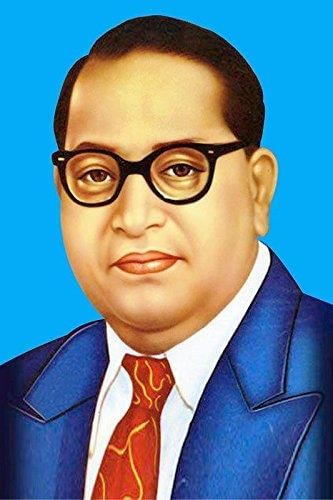 Dr. B R Ambedkar.Q10. Why were Jyotirao Phule and Ramaswamy Naicker critical of the national movement? Did their criticism help the national struggle in any way?
Dr. B R Ambedkar.Q10. Why were Jyotirao Phule and Ramaswamy Naicker critical of the national movement? Did their criticism help the national struggle in any way?
Ans: Both Jyotirao Phule and Ramaswamy Naicker were critical of the national movement as they could barely see any difference between the preachers of anti-colonialism and the colonial masters.
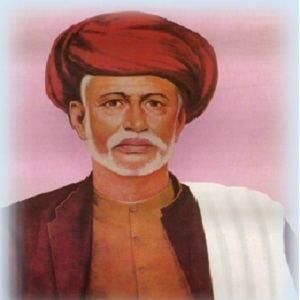 Jyotirao Phule
Jyotirao Phule
Jyotirao Phule and Ramaswamy Naicker were critical of the national movement as they saw upper-caste leaders as no different from colonial rulers, believing they would continue caste oppression after independence.
- Phule argued that nationalist leaders sought unity only for their own benefit and would reintroduce caste divisions once the British left.
- Naicker witnessed caste discrimination within Congress, reinforcing his belief that lower castes needed to fight for their own rights.
Their criticism led to self-reflection among nationalist leaders, helping to address caste biases and making the national movement more inclusive and united.
|
75 videos|322 docs|78 tests
|
FAQs on NCERT Solutions for Class 8 History Chapter 7 - Women, Caste and Reform
| 1. What were the primary issues faced by women in India during the reform movements? |  |
| 2. How did caste play a role in the reform movements concerning women's rights? |  |
| 3. Who were some key reformers who contributed to women's rights in India? |  |
| 4. What impact did the reform movements have on the status of women in Indian society? |  |
| 5. How did the intersection of gender and caste influence the experiences of women in the reform era? |  |

















